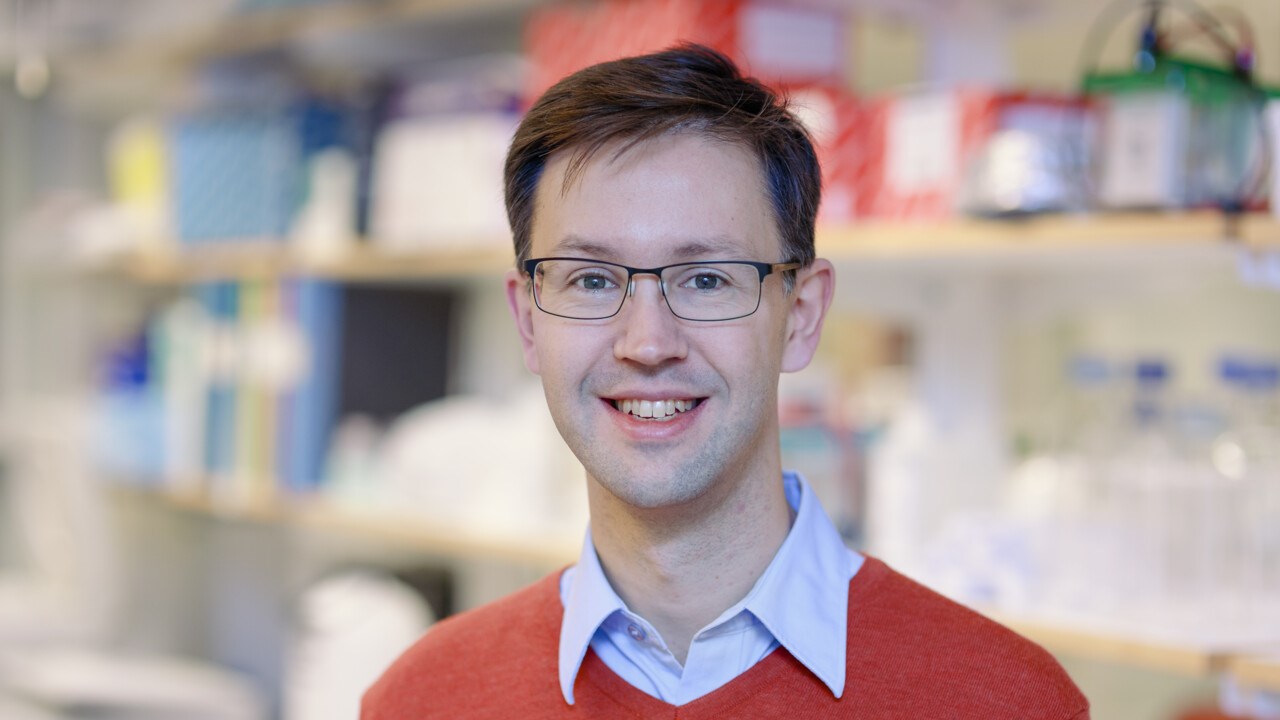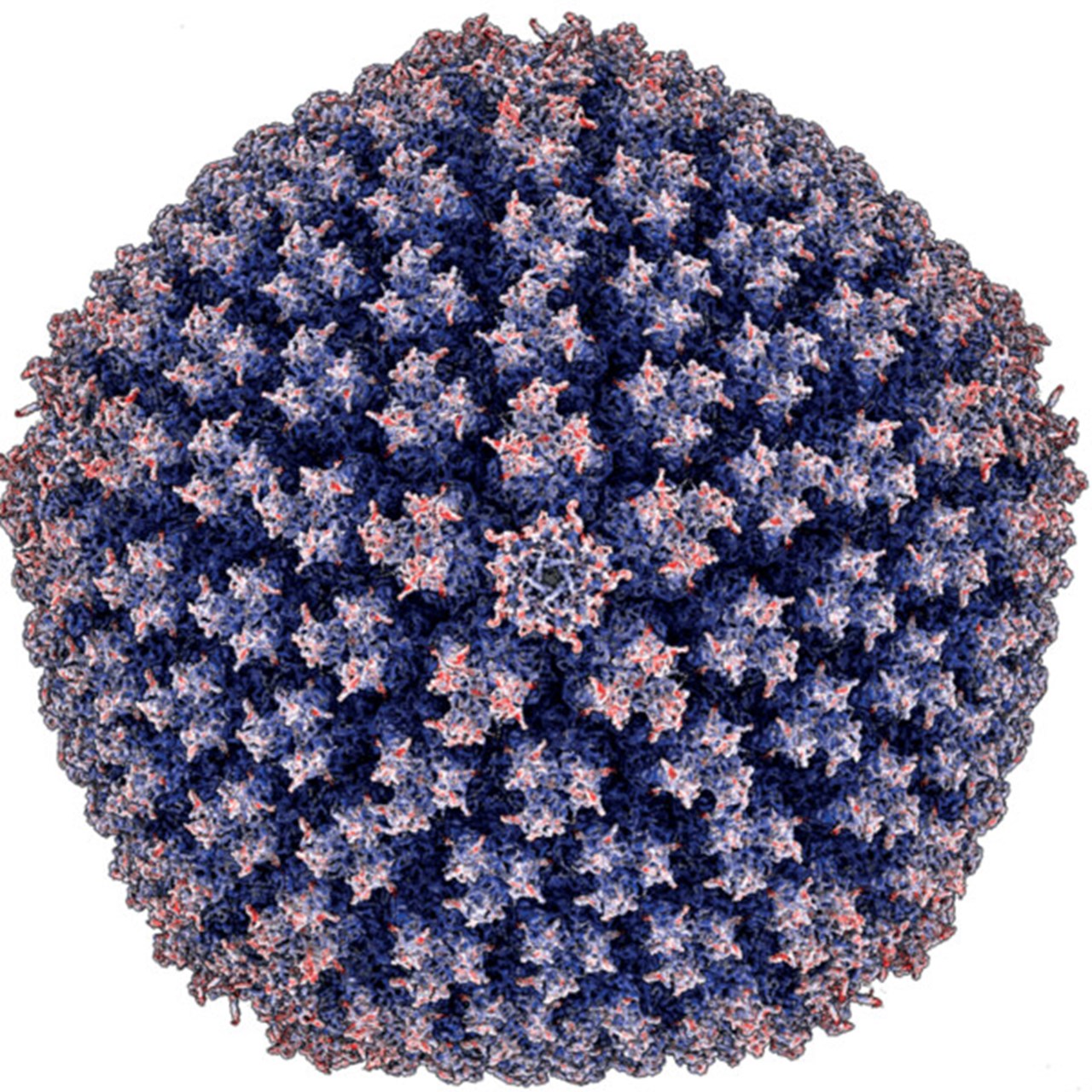About the scientific publication
Om den vetenskapliga publiceringen
The structure of enteric human adenovirus 41—A leading cause of diarrhea in children
K. Rafie1, A. Lenman, J. Fuchs, A. Rajan, N. Arnberg, L.-A Carlson
Science Advances
DOI 10.1126/sciadv.abe0974
https://advances.sciencemag.org/lookup/doi/10.1126/sciadv.abe0974





